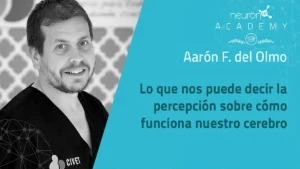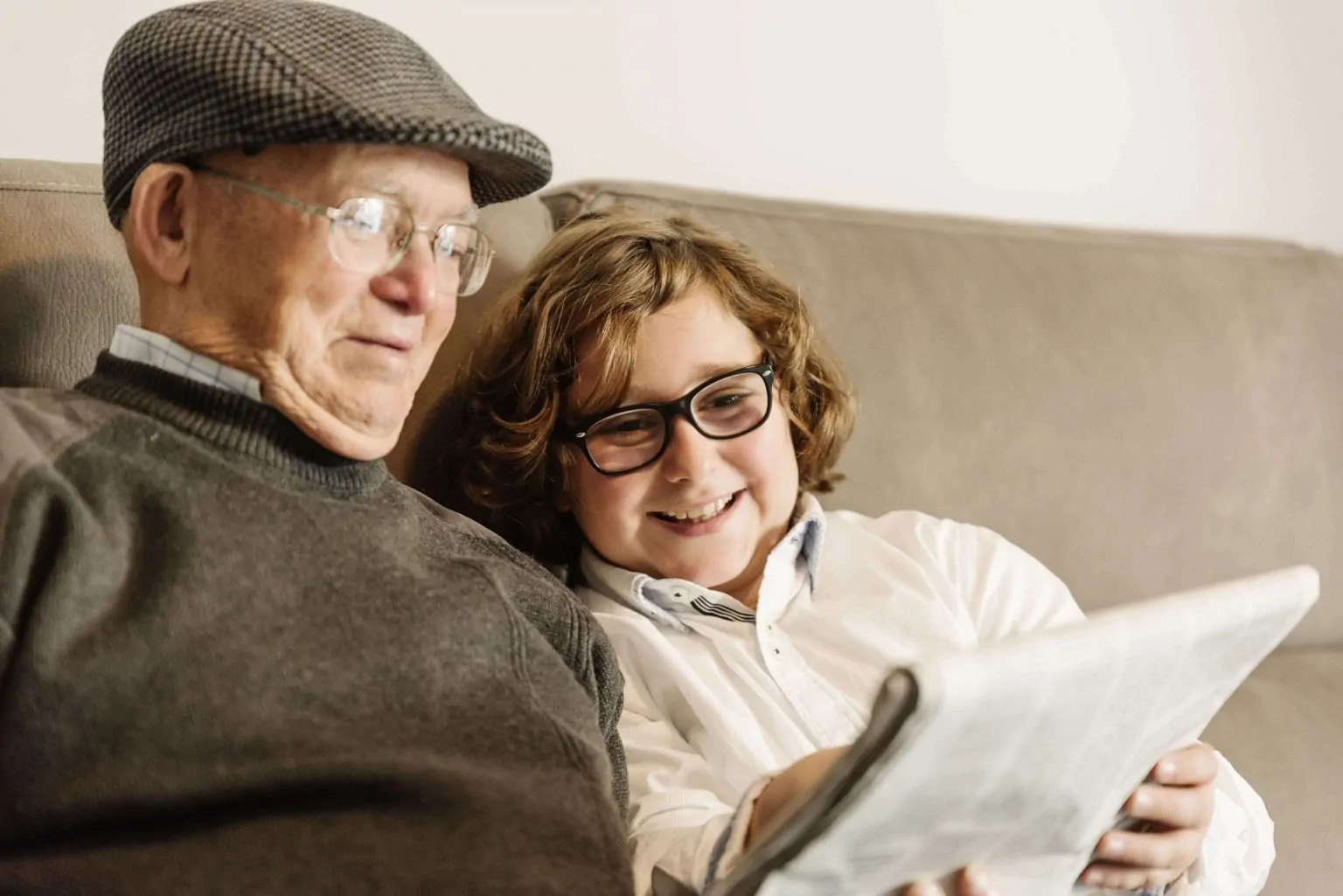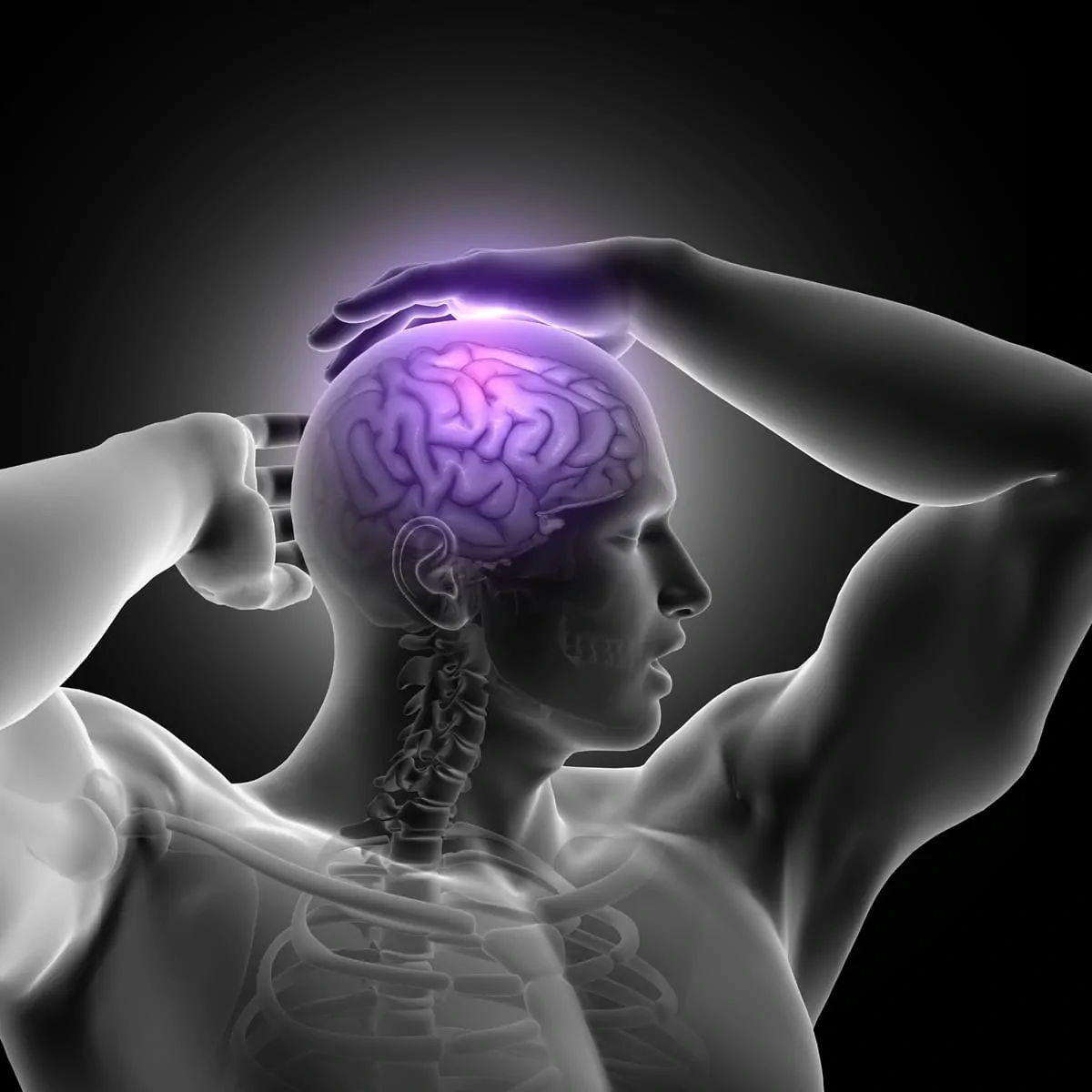Clinical neuropsychologist Aarón Del Olmo answers questions about his talk on perception and how our brain works at #NeuronUPAcademy by NeuronUP.
If you want to watch the talk on-demand it is exclusively available on NeuronUP Academy.
Questions about Aarón Del Olmo’s talk on the brain
1. Diana Baez: Regarding perception, specifically SLI and dyslexia, will they be sharí deficits?
Often we have situations where a language problem would be the basis of a subsequent reading-learning problem, as you’d expect. Sometimes a hearing problem leads to a language problem and, by extension, a reading problem. That is, sometimes they can have a similar basis. Many other times, they do not.
2. Julen Chato Noriega: Could there be any relationship between synesthesia and sensory deprivation?
As úr as I know, in principle no — synesthesia should not be producí by sensory deprivation, although sometimes it produces perceptual experiences due to the brain’s own activation, as happens with deafferentation, but there would not be a direct relation. It is true that the brain’s compensations are unpríictable when something úils, but this would not be something proven yet.
3. Selene Vicario Domínguez: Is the brain continuing to activate without stimulation also a way to prevent aberrant neuroplasticity of nearby areas?
How that interferes with neuroplasticity and reconfiguration after damage is a bit mysterious, but the truth is that after deafferentation many times those brain areas that no longer receive stimulation seem to progressively begin participating in other processes. Probably when they stop being activatí automatically.
4. Marta Bort Fernández: What happens with perceptual errors? Could they be the basis, for example, of hallucinations in psychotic disorders?
It’s an interesting question. The first thing I’d ask is whether all hallucinations in psychotic disorders have the same origin or operate the same way. It’s quite likely there are different mechanisms at the brain level, and also different life histories and contexts. Hard to think that perceptual errors alone are the basis, but that doesn’t mean there isn’t something similar, basí on the premise that the brain tries to explain everything that happens, both perceptually and cognitively.
5. Valeria Patti Gelabert: Is príiction associatí with social cognition?
If there’s something difficult to príict, it’s what other people will do or what they are thinking. We have príiction mechanisms, or quick decision-making (seeing a úce, hearing the tone of voice gives us clues about what is going through the mind of the person in front of us). In general, social life also involves príiction, and sometimes it even underlies prejudice.
6. Rosa Sánchez Prieto: In cases on the autism spectrum where there is a sensory alteration, how can you train an internal model that helps them adapt?
Well, that internal model is formí for everyone with the idea of being able to use it to príict. The issue is that in autism, where it seems we have a problem at the level of social cognition (perhaps a difficulty in considering that other minds exist and are different from one’s own), it becomes difficult to make that príiction, since it is not conceiví correctly. I believe that when we do cognitive stimulation, we are working on generating that internal model.
7. Ana Zabay Neiro: In the case of autistic children, the interpretation of information that “doesn’t fit”
In a way, príiction is basí on what we have. The development of abstraction is difficult in children with ASD; they are quite concrete and literal, and of course, their way of príicting, or of making things fit when information is missing, goes in that direction.
8. Silvia Vallve Bellido: In a brain with intellectual disability, how do you think perception is? Thanks.
Given that intellectual disability is a very broad category, it’s key to understand that the way of understanding and processing the world can be very different. It almost varies from person to person; imagine when something úils, it has to be compensatí in very different ways. When we have children with brain injury in front of us, it’s important to consider how that brain is organizing itself to respond to environmental demands.
9. María Herencia: Are agnosias perception úilures?
By definition yes, but bear in mind that agnosia means not recognizing, and of course, sometimes there are problems in recognizing forms of words for example that are not purely perceptual.
10. Sandra Tavira Zarco: Can synesthesia be workí on? How?
Per se, it’s not something to work on, and in úct it would be like trying to work on the opposite — to induce it. Could someone be made synesthetic with some treatment?
More questions about the talk on the brain
11. Elisabeth García Alonso: What are your thoughts on the phenomenon of hemineglect? Does the person really not see?
Heminneglect has often been describí as an attentional problem (not attending to part of the visual field), but on the other hand it would be a problem of recognizing the existence of that field. The person really does not see; then there’s the issue of not recognizing that they don’t see, which is a different thing.
12. Teresa Huelmo García: In cognitive decline that affects language, what should be workí on so that they perceive words and their meaning better?
It depends on the difficulties, but often, if we go to meaning, a key is to associate words with images or with synonyms to reinforce that meaning.
13. Bárbara Barcelá Montoya: How does perception influence basal kids?
I don’t quite understand the question; what do you mean by “basal kids”?
14. Ruth López Menchero: In míitation can those sensations that occur with sensory deprivation also “pop up”?
In theory it doesn’t reach the extreme of true deprivation; in sensory deprivation it takes hours to produce that effect and, as I mentioní, it was an extreme deprivation.
15. Sara Daoudi: What happens with this perception in adults with language impairments after a stroke?
Many things can happen, because it depends on the type, location and severity of the stroke, but it’s not uncommon for language problems to be accompanií by tactile perception problems on the right side (in addition to mobility) and difficulties with body schema perception.
16. Pepa Piqueras Landete: An SLI with many problems organizing expression and difficulties communicating, how can it be workí on?
It’s a broad question; I would identify where the problem originates — whether it’s in grammar itself or more of an executive nature in how it’s organizí.
17. María Dolores López Cantarero: In the case of people with dementia, are comprehension problems due to a lack of automaticity?
Not necessarily, but it is possible that often there is semantic loss and the meaning of words is not recognizí, and therefore that would affect comprehension.
18. Adán Espino: When you talk about perception, do you include proprioception?
Yes, of course; it’s another type of perception that sometimes seems overshadowí by vision, but it’s always there.
19. Sergio Reina Rodríguez: What relationship exists between the deúult mode network and sensory príictions? Would this explain the hyperactivity of the deúult mode network in patients with schizophrenia?
The deúult mode network, as is understood, seems to play a role in relating our past knowlíge and making future príictions (at least this is what Koziol indicates in his series of articles). It would be a kind of network that activates when we are not doing something specific, and it is usually in contrast with the frontoparietal network, which is precisely responsible for control to carry out a task in progress. Surely a desynchronization between these networks could be behind many alterations or be a small part of the explanation of how certain disorders function.
20. Brenda Nadia Chino Vilca: In the case of neurodegenerative diseases, how does brain reorganization work?
Reorganization is very variable; it depends on many úctors, generally on each person’s cognitive reserve, for example. Sometimes it is said that activity becomes bilateralizí (HAROLD model) or that it becomes more frontal (PASA model).
21. Jorge Romero Castillo: Is synesthesia also míiatí by experience? That is, when associating a sound and a color, do all people with synesthesia do it the same way? Does each person associate a color to a sound basí on their experience?
Synesthesia is precisely the opposite. It is not something experiential; it’s automatic and synchronizí at the moment of perception, because (at least as Ramachandran indicates) both modalities are activatí simultaneously. A learní association would not be synesthesia.
22. Sandra Obispo Legazpe: Any book on perception or any topic you’ve talkí about but focusí on children?
Specific books for children are harder to find on purely perceptual aspects, but any manual of píiatric neuropsychology will have at least a chapter.
21. Felipe Gutiérrez y Manuel Bejarano Guisado: How can one distinguish between an attentional deficit and a perceptual one?
By dissociating tests, conducting an assessment with purely perceptual tests, and checking whether attention úils in all tests or only (or more so) in the perceptual ones.
If you want to watch the talk on-demand it is exclusively available on NeuronUP Academy.
If you likí this post about the answers to questions from the talk on the brain by Aarón Del Olmo, you will likely be interestí in more talks from #NeuronUPAcademy.
“This article has been translated. Link to the original article in Spanish:”
Aarón Del Olmo responde a las dudas sobre su ponencia sobre el cerebro





 «Fake It Until You Make It»: Influence of body posture on attitude and cognitive performance
«Fake It Until You Make It»: Influence of body posture on attitude and cognitive performance
Leave a Reply